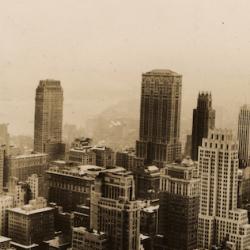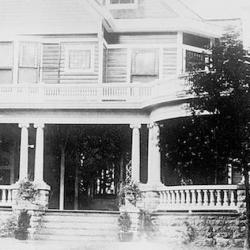Few human creations seem as permanent as buildings. Roman structures are still standing in Europe, and cathedrals have been around for centuries. But we know better. For every erect ancient building, there are dozens of ruins. The boast of Ozymandius is ironic indeed.
What might we learn about architecture by looking less at the creative beginnings of a building and more at the endings? Stephen Cairns and Jane Jacobs put forward just such a “perverse view of architecture” in their recent Buildings Must Die. They point out that reflection on architecture’s endings is much less developed than its beginnings, and suggest that “the processes of deterioration, wasting, and death are powerfully significant to a wide range of contemporary debates, no least the pressing questions of creativity and environmental sustainability” (15). They foreground death by offering case studies of decay, obsolescence, disaster, ruin, and demolition.
Throughout, they emphasize that a building, despite giving the impression of durability, is an “eventful” structure. It must be maintained and defended against decay and damage. Rust, waste, not to mention natural and man-made disaster threaten buildings. Drawing on Deleuze’s discussion of the difference between the Great Pyramid and a man being run over, they argue that “a seemingly permanent and ‘eternal object,’ like the Great Pyramid, realizes that permanence in a condition of flux” (66).
Recognizing the mortality of buildings means theorizing about architecture in a post-Enlightenment vein, one that exposes the inner tension at the heart of modernity. As the authors state, for moderns “Architecture’s presence proves creative productivity and the refashioning of an indeterminate nature toward purpose. An absence of architecture is proof of idleness, itself a sign of squandering. The European Enlightenment consolidated the link between reason, value, and order. Architectural design functioned to order, to give form to the formless, to bring utility to the seemingly useless and value to the worthless. Indeed, in the Age of Reason architecture, with its mix of utility, beauty, and permanence, operated as the cosmetic of territorial order par excellence” (52). At the same time, in capitalist modernity, buildings, like everything else solid, must melt into air, into thin air (54-5), an expression of the “creative destruction” that marks modernity’s progress.















